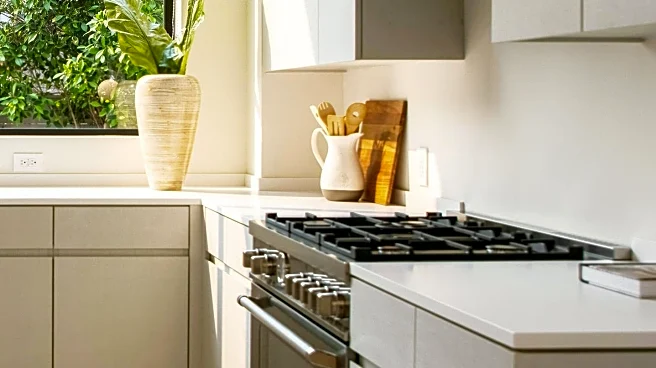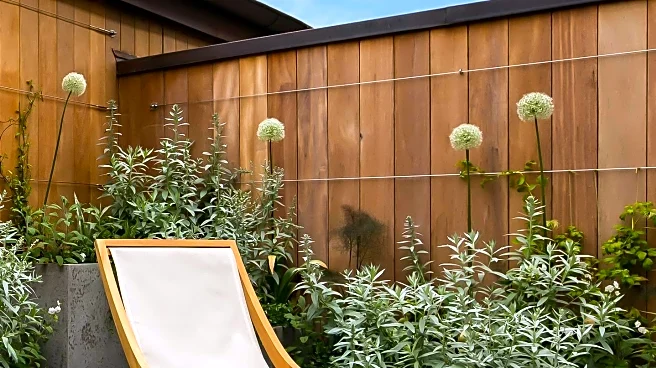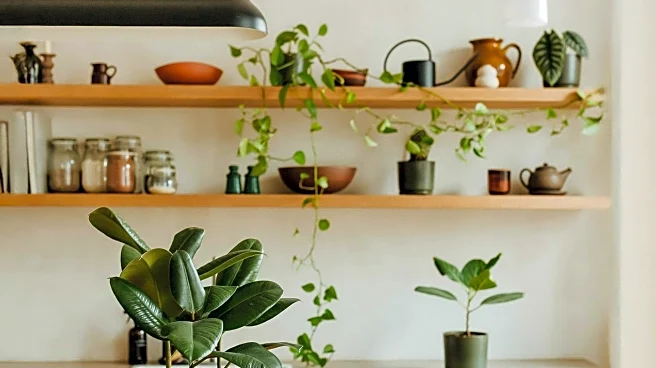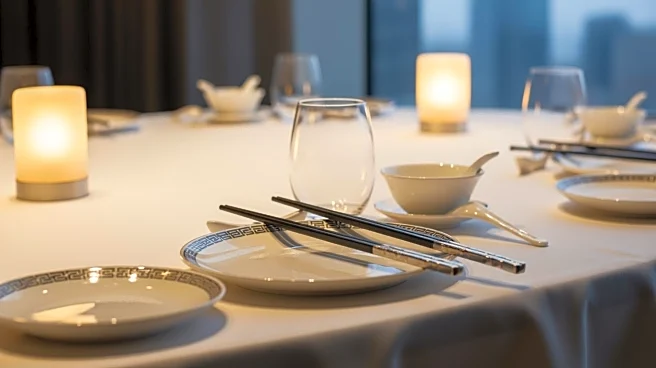What's Happening?
A two-bedroom co-op located at 320 State Street in Boerum Hill, Brooklyn, is on the market for $1,995,000. The apartment, owned by award-winning director Gregory Brunkalla, is situated atop a historic
brownstone and features a Scandinavian-inspired kitchen designed by Danish company Reform. The kitchen includes bright colors and materials such as brass and marble, framing high-end appliances like a Thermador induction cooktop and Bosch dishwasher. The apartment boasts exposed brick, high ceilings, and light oak floors, with additional modern amenities including a Miele washer and dryer and Toto Neorest toilet. The unit also offers 1,000 square feet of private roof rights, allowing for the creation of a rooftop deck with skyline views.
Why It's Important?
The listing of this Boerum Hill co-op highlights the ongoing demand for unique and historic properties in Brooklyn, a borough known for its blend of vintage charm and modern amenities. The Scandinavian kitchen design adds a distinctive flair, appealing to buyers interested in European aesthetics. The property's location in a landmarked building underscores the value placed on preserving architectural history while integrating contemporary living standards. This trend reflects broader real estate movements in urban areas where historical preservation meets modern luxury, potentially influencing market values and buyer preferences.
What's Next?
Potential buyers interested in the Boerum Hill co-op may consider the opportunity to customize the rooftop space, enhancing the property's value and appeal. As Brooklyn continues to attract residents seeking a mix of historical and modern living, similar properties may see increased interest and competitive pricing. Real estate agents and developers might focus on marketing the unique design elements and historical significance to attract buyers looking for distinctive urban homes.
Beyond the Headlines
The integration of modern design within a historic setting raises questions about the balance between preservation and innovation in urban real estate. As cities evolve, maintaining architectural heritage while accommodating contemporary lifestyles becomes a critical discussion point among developers, city planners, and residents. This property exemplifies how thoughtful design can bridge past and present, offering insights into sustainable urban development.














